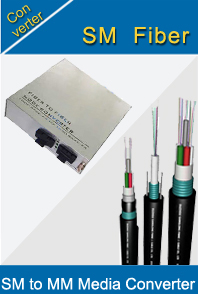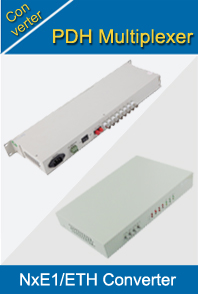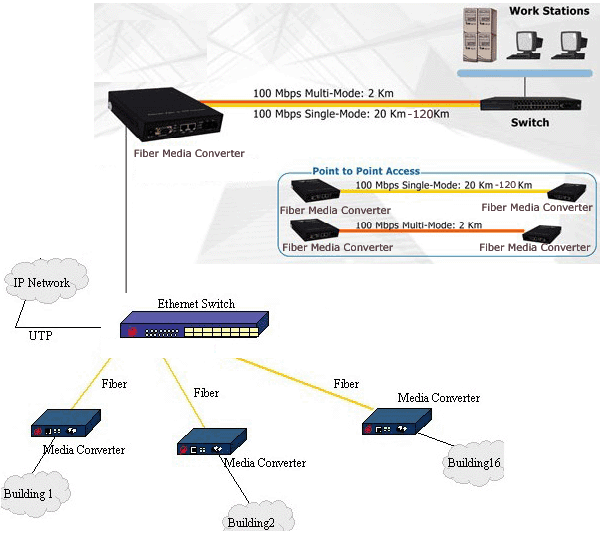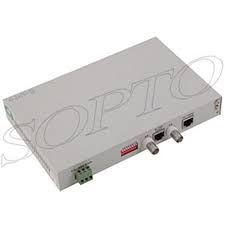-

- Sopto Home
-

- Special Topic
-

- Converter Knowledge
-

- Difference of T1 and E1 Signal
Converter Knowledge
- Form Factors and Application of Ethernet Media Converter
- Ethernet over 4 E1 Converter Brief Introduction
- What is the Difference between RS232 and RS485 Serial Interfaces
- What is the Difference between RS232 and RS485 Serial Interfaces
- How to Convert an Analog Telephone to VoIP Protocol?
- How to Find the Internet Protocol Address and Media Access Contr
- How to Convert from Fast Ethernet to Fiber Optics?
- How to Connect a Fiber Converter?
- How to Convert Ethernet to Fiber Media Converters?
SOPTO Special Topic
Certificate



Guarantee
Except products belongs to Bargain Shop section, all products are warranted by SOPTO only to purchasers for resale or for use in business or original equipment manufacturer, against defects in workmanship or materials under normal use (consumables, normal tear and wear excluded) for one year after date of purchase from SOPTO, unless otherwise stated...
Return Policies
Defective products will be accepted for exchange, at our discretion, within 14 days from receipt. Buyer might be requested to return the defective products to SOPTO for verification or authorized service location, as SOPTO designated, shipping costs prepaid. .....
Applications
An Ethernet to Fiber Media Converter can also be used where there is high level of electromagnetic interference or EMI which is a common phenomenon found in industrial plants. This interference can cause corruption of data over copper-based ethernet links. Data transmitted over fiber optic cable however is completely immune to this type of noise. An Ethernet to Fiber Optic Converter therefore enables you to inter-connect your copper-ethernet devices over fiber ensuring optimal data transmission across the plant floor.
SOPTO Products
- Fiber Optic Transceiver Module
- High Speed Cable
- Fiber Optical Cable
- Fiber Optical Patch Cords
- Splitter CWDM DWDM
- PON Solution
- FTTH Box ODF Closure
- PCI-E Network Card
- Network Cables
- Fiber Optical Adapter
- Fiber Optical Attenuator
- Fiber Media Converter
- PDH Multiplexers
- Protocol Converter
- Digital Video Multiplexer
- Fiber Optical Tools
- Compatible
Related Products
Performance Feature
Converter Knowledge
Recommended


Difference of T1 and E1 Signal
There are two differences between T1 and E1 signal, including physical delivery and Framing Format.
Differences in the physical delivery:
Here are we are going to discuss the differences in the physical delivery.
Data Rate: The main difference is the data rate. T1 has a data rate of 1.544 mbps and E1 has a data rate of 2.048 mbps.
Copper Delivery: In the T1 signal there is a copper delivery among 4 wires. It is grouped into two pairs. One pair is the RX (1+2) and another is TX (4+5). The RX is the data that is from the network and the TX is to the network. In the E1, there are two types of physical delivery; balanced physical delivery and unbalance physical delivery. The unbalance physical delivery has 4 copper wires. It is similar to that of T1. Whereas in the balance physical delivery there is a coax connector which has one cable for RX and one cable for TX.
Services: T1 has a specific type of service. It has repeaters for every six thousand feet, a pulse or waveform shape and a jitter. The E1 has 32 timeslots. This can be said as DS. Each DS is about 8 bits wide.
Differences in the Framing Format:
Let us discuss the differences in the framing format.
Framing: In T1, there are two types of framing formats. One is D4 (twelve bits group) – used in aligning the equipment which is used for framing and another is ESF (twenty four bits group) – used in aligning the frames as well as in the maintenance of the channel which is facilitated by the data link. In E1, there are two framing formats. One is a called the double frame – it uses the DS0 and another is the multi-frame which is the independent form.
Sopto offers an extensive choice of full-featured E1 Protocol Converters, like E1 to N x ETH Converter, TDMOIP N x E1 Protocol Converters and so on. For the newest quotes, please contact a Sopto representative by calling 86-755-36946668, or by sending an email to info@sopto.com. For more info, please browse our website.





